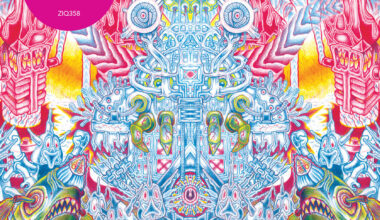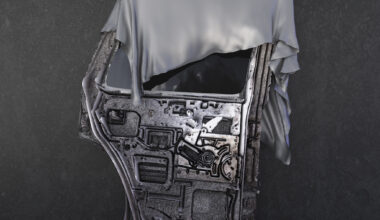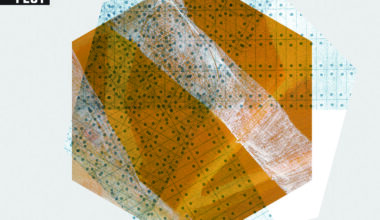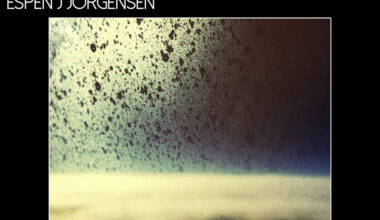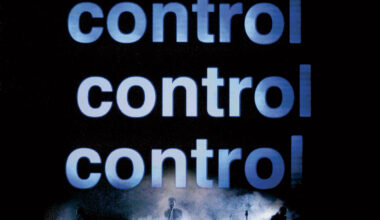Hallucinatory dystopian soundtracks of emotional power
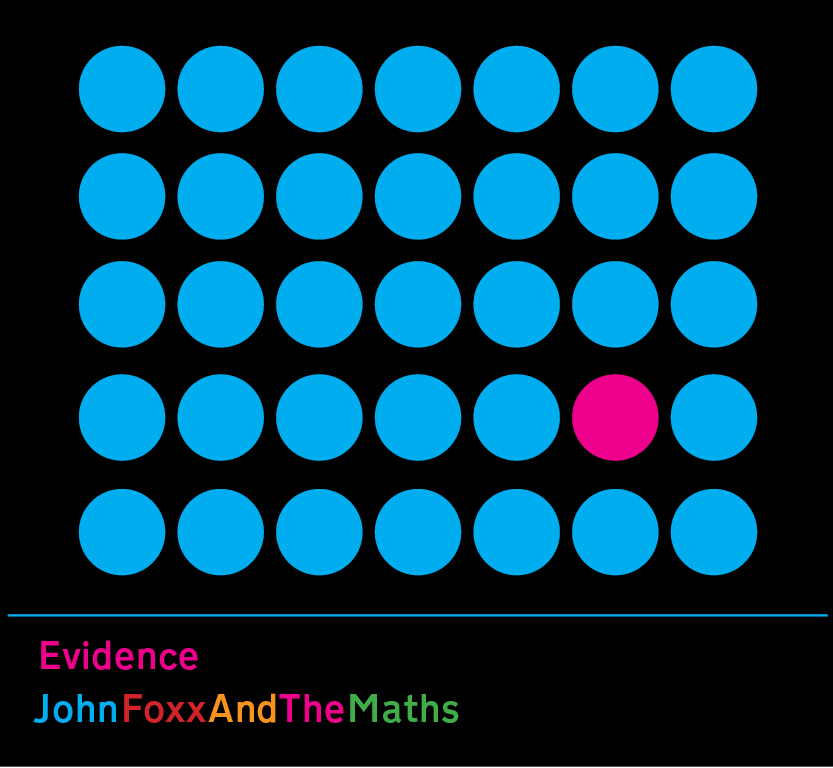
The title track of this, the third John Foxx & The Maths album, reminds us that Foxx is a skilled practitioner of artful electronic soundscapes, powerful because they employ a limited sound palette which includes that peculiarly haunted and hollow voice he sings with. It summons up the same sense of edgy emptiness as his debut solo album, the stark and minimal ‘Metamatic’, but with considerably more grace and subtlety. This album isn’t singalonga-synthpop, kids. It’s unremittingly dark, even when it’s being funny or tender – which it also is, somehow. In other words, it’s exactly what you want from Foxx; an unsettling soundtrack to a JG Ballard novel that doesn’t exist, wherein a guilty-until-proven-innocent dystopia prevails. And when the girl starts singing – it’s Gazelle Twin – the mood lightens to one you imagine might best be associated with medieval religious visions induced by too much ergot in the bread.
With the exception of ‘Evidence’ itself, the presence of actual songs is fairly difficult to discern. It’s stuffed with melodies; beautiful, catchy even. But there’s something in the way the album moves, gracefully but barely perceptibly, that makes it feel like a series of events happening on the periphery of your vision, in the shadows, or unfolding inside your mind. Even on recognising some lyrics and then, with a jolt, realising you’re listening to a cover of Pink Floyd’s ‘Have A Cigar’ – a fairly horrific but apt reading of the original, all distorted vox and whining synthesisers, which ends in a glorious fuzz of echo of ancient drum machines – it’s still hard to pin down.
‘My Town’ is a kind of sci-fi perversion of Sinatra’s nightclub crowd pleaser ‘Chicago’ (“My kind of town, Chicago is!”) and is also reminiscent of The Human League’s stately 1980 cover of the Iggy Pop/David Bowie composition ‘Nightclubbing’, with Foxx’s voice emerging choked with android catarrh to announce that, “This is my life / And this is my town / From the rooftops / To the underground”. It doesn’t sound like the kind of place you’d want to move to, unless you want to live somewhere populated by evil robot overlords with an almighty sense of entitlement. Throughout the album, Foxx’s voice veers from dehumanised to frail and mournful (the celestial ‘A Falling Star’) to the almost operatic on the closing ‘Only Lovers Left Alive’. Here, his voice swoops up to catch high, pure notes, swathed in cloaks of reverb. It’s the most emotionally affecting moment of the collection, more so than the obvious moment of melancholic sweetness delivered in ‘Changeling’, one of the two Gazelle Twin collaborations.
It’s one of those hoary old observations about a record, that it’s somehow a kind of soundtrack, that it conjures up images and the feeling of a developing narrative. Certainly, ‘Evidence’ is an immersive album, immersive like being dragged under the surface of a fast-flowing black river. The concept is oblique, from the classy and abstract artwork that sets it in context with the other Foxx ’n’ Maths works, to the focus on atmospheres – almost entirely uncomfortable ones, like when you walk late at night through an underpass (oh-ho!) with toxic lighting and a faint reek of piss – rather than on songs.
Of course, the sense of narrative is often actually the listener’s, and the music just happens to fits the bill. But some albums are designed to slip into your consciousness via unexpected routes, and this one (remember Foxx is a trained artist) is one of them. It feels like a project driven by several concepts: exploration of textures, whether synthesised or by the use of the human voice; of light and dark; of memory and ageing; of surviving and loving in an indifferent and alienating city which is, in that love/hate way so many of us experience, home. Oh, and robots and neon lights and all that cool synthy futurist shit.
Looking at John Foxx’s recent back catalogue, you can see the man’s rate of output is accelerating. That’s not always a good thing – the quantity/quality graph often only heads in one direction; downwards – but Foxx (now, unbelievably, aged 65) is an artist of distinction and intelligence, and this collaborative method he’s adopted is producing some mightily impressive work.
